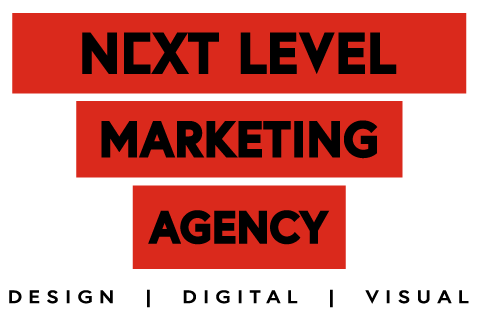We live in an era of content. Whether it’s posting blogs to websites once a week, putting artsy office shots on Instagram, or publishing 50+ page, graphically designed whitepapers loaded with research. In this melee of images, videos, and text, there is a category of content which delivers such powerful results it has become a Top 4 marketing objective for 2021: Thought Leadership.
Thought Leadership content differs from other forms of content because it is written from the clear perspective of an individual. This is partly its appeal. For the same reason people enjoy reading biographies, the gravitational pull of writing that comes directly from a real person is strong. Moreover, once a reader has succumbed to the pull, there is an opportunity to convey messages that, over time, can result in the writer becoming a luminary in their field.
This is the power of thought leadership.
What is a thought leader?
A thought leader is an individual who writes with knowledge and authority about a particular specialism or sector in order to build credibility around their personal brand and/or the brand of their organisation. Becoming a recognised thought leader takes time and requires demonstrable expertise, an engaging writing style, and consistent output.
If the time and effort is put into producing a high standard of thought leadership content, thought leaders themselves can become trend setters, influencing the way whole industries think, and cultivating a mass of enthralled followers.
How effective is thought leadership content?
Very, is the short answer. In fact, Edelman’s 2020 B2B Thought Leadership Impact Study, based on insights from over 3,000 global business decision-makers, found that 89% of respondents agreed with the statement: “Thought leadership can be effective in enhancing their perceptions of an organisation.”

However, there is a caveat. Poorly executed thought leadership content can have the opposite effect. Indeed, it can even lead to decision-makers removing potential suppliers or partners from consideration entirely.
Rather than be spooked by this and decide against producing thought leadership content of your own, there are steps you can take that give you the best chance of becoming true and successful thought leader.
Steps to creating great thought leadership content
1. Collate your own data/information
People love to read the thoughts and opinions of industry experts, but thoughts and opinions alone lose impact when they’re all that is offered. Great thought leadership feeds a very human impulse – nosiness. If you want to net the attention of a large readership, provide them with insight into your own business using cold, hard statistics.
Even for big companies, harvesting information is much easier than it used to be. With tools like SurveyMonkey, surveys can be easily issued across the workforce and responses automatically tabulated. Providing you are able to build some compelling narrative around the data, this is a sure-fire way of piquing interest amongst your target audience.
2. Design a document
Though thought leadership content is often published in industry magazines or uploaded to websites in blog form, don’t underestimate the power of producing a stand-alone document that has been professionally designed and branded.
A LinkedIn poll we undertook displayed that 57% of respondents deemed long-form guides and eBooks as the type of content they perceive to be most trustworthy. ‘Presentation is everything’, so the hackneyed expression goes, and though it’s not everything, presentation is a vital component to any high-level content.
Quality thought leadership content when packaged in an elegantly designed and branded document enhances the message contained within and boosts the credibility of your business.

3. Amplify your content
As content continues to be a key tool in the marketing inventories of businesses everywhere (a third of companies report that content marketing is a top area of marketing spend) getting content in front of the right audience is becoming an ever more competitive undertaking.
However, businesses can leverage an advantage for themselves through the likes of paid social, PPC, and influencers. In their recently published 2021 B2B Marketing Mix Report, Sagefrog Marketing Group revealed that 62% of respondents had seen ROI from paid social. Furthermore, LinkedIn, with its Sponsored Content and LinkedIn InMail, are proving to be incredibly effective engagement tactics, and 38% of businesses have positioned Influencer Marketing as a top marketing and sales strategy for 2021.
It’s important to understand that these are all different marketing tools. Paid social, for example, is generally a faster and more straightforward means of amplifying content than Influencer Marketing. But partnering with the right marketing agency can remove the complexities of even this most contemporary and effective methodology.
The most important step is to start creating
Those who go on to become recognised and followed thought leaders don’t get side-tracked by constant attempts to concoct a brilliantly distinctive angle on every subject within their field.
As the leader of an organisation within your sector, you have insight people want to hear. Get busy creating content that educates your audience and answers the pressing questions of the day rather than agonising over whether what you’re saying has been said before. All too often, well-meaning, would-be thought leaders stall through paralysis by analysis, and the effectiveness of their content suffers as a result.
By picking a topic relevant to your audience and applying the steps detailed within this piece, you have a great chance to develop a voice people sit up and listen to. And if the process still seems too daunting or draining of your time, there are professionals who specialise in turning your ideas into words and getting your words into the corners of the digital and print media that matter.




